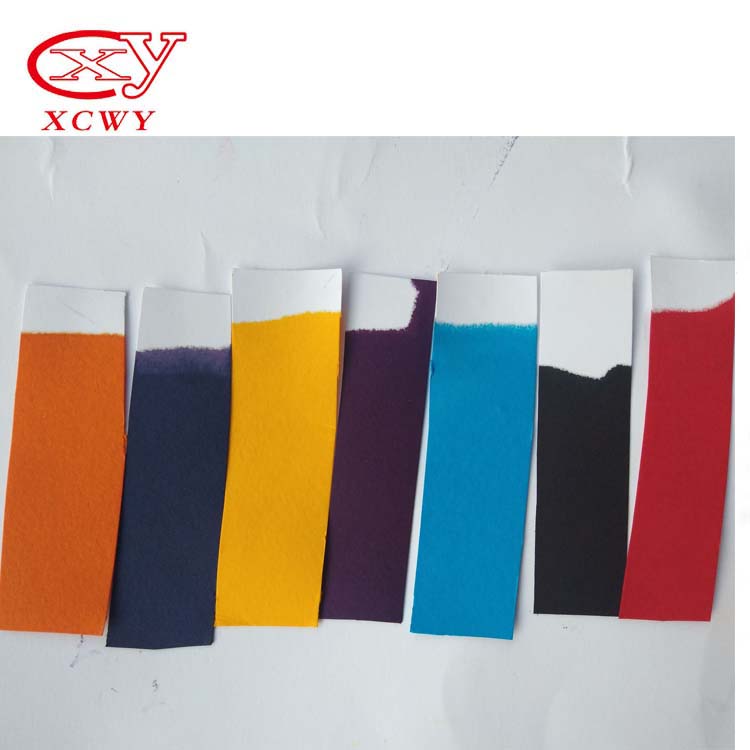The color of paper is an important appearance index. The purpose of dyeing is to give different colors to the paper to meet the needs of customers. The dyeing process of paper can be generally divided into pulp dyeing and surface dyeing. Based on the production experience of our factory, we mainly introduces the dyeing in pulp and the control of dyeing process.
The paper pulp dyes can be divided into direct dyes, basic dyes and acid dyes. When choosing dyes, we should take the use of paper as the starting point and consider the following factors comprehensively.
1. Affinity with fiber.
Some high-grade paper, when used in the packaging of high-grade goods, is not allowed to lose color when encountering water. Therefore, it is necessary to choose direct dyes with greater affinity with fibers, especially basic dyes and acid dyes not suitable, in order to prevent the loss of color from polluting the goods.
2. Paper color needs.
For some paper with special bright colors, basic dyes or direct dyes with bright colors should be selected. If necessary, some whitening agents can be added to improve the brightness of the paper.
3. For paper with high requirements of light resistance, you can choose either light resistant dye or direct dye, and you must not choose basic dye, otherwise, it will fade too fast in light.
4. Dyeing properties of dyes.
The same dye has different dyeing characteristics for different pulp. Relatively speaking, the direct dye is much more stable, like direct red 31, direct turquoise blue, direct red 23. But the basic dye is quite different. For example, when the basic dye is used to dye bleached pulp, the mordant is generally needed to assist the dyeing. Even though the retention rate is still not ideal, it has strong affinity for some ground wood pulp and natural wood pulp with higher lignin content, and the dyeing effect is better.
5. High grade paper dyeing is generally suitable to adopt dyes with has high strength, with small amount and good dyeing effect, while inferior dyes with low strength can not achieve ideal dyeing effect even if the amount is increased.
6. Consider the cost of dyeing.
Contact person: Miss Jessie Geng
Email:jessie@xcwychem.com
Mobilephone/Whatsapp: +86-13503270825
Post time: Jun-05-2020






